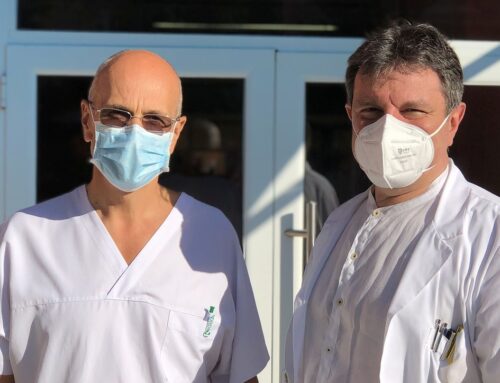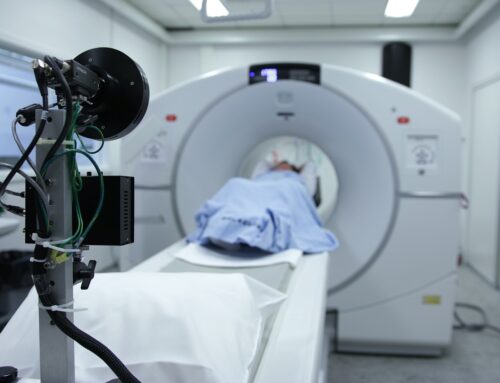In 2001, Dr. Ken Kizer, CEO of the National Quality Forum, introduced a new term in the world of surgical and medical malpractice. “Never events” is a reference to shocking medical errors which should never, ever occur.
These adverse events are defined as serious, preventable, and of grave concern to both the public and health care providers. Although the name indicates that these events should never happen, they do happen across the country on an annual basis.
What Occurrences Qualify as Never Events?
Since the original list of offenses was compiled in 2002, it has been revised several times to include new categories. It is widely accepted in 2019 that there are 7 categories of events which qualify for the term.
- Surgical or procedural events: Situations include surgery or other invasive procedure performed on the wrong body part or the wrong patient; the wrong surgery being performed on a patient, the inadvertent retention of a foreign object in a patient after surgical procedure, or intraoperative (or immediately postoperative) death due to anesthesiology.
- Product or device events: Occurrences in this category include patient death or serious injury associated with the use of contaminated drugs, devices, or biologics provided by the health care setting.
- Patient protection events: Situations which qualify include the discharge or release of a patient/resident of any age, who is unable to make decisions, patient death or serious disability associated with their disappearance, or patient suicide or self-harm resulting in serious disability, while being cared for in a health care facility.
- Care Management events: These events include medication errors which result in death or serious harm, unsafe administration of blood products, failure to communicate results of pathology or laboratory tests, maternal death or serious injury associated with labor or delivery in a low-risk pregnancy, death or serious injury of a baby associated with a low-risk labor or delivery, and death or serious harm to a patient while under the care of a medical facility.
- Environmental events: Qualifying occurrences include a patient or staff death or serious disability associated with an electric shock, an incident in which a line designated for oxygen or other gas to be delivered to a patient contains no gas, the wrong gas, or is contaminated, and patient death or serious injury associated with the use of restraints or bedrails.
- Radiologic event: The sole classification in this category is the introduction of a metallic object into an MRI setting.
- Criminal events: A never event may include the impersonation of a physician, nurse, pharmacist, or other licensed health care provider, abduction of a patient/resident of any age, sexual assault on a patient within or on the grounds of a health care facility, and death or significant injury of a patient or staff member resulting from a physical assault (i.e., battery) which happens on the grounds of the medical facility.
While situations which are defined in this way are actually quite rare, they can have a devastating effect – in fact, according to the Joint Commission, 71% of these mistakes result in fatalities.
Because a never event is considered both preventable and traumatic, the Centers for Medicare and Medicaid Services (CMS) determined in August 2007 that Medicare would no longer pay for additional costs associated with preventable errors, including those considered Never Events.
Many jurisdictions and insurance providers have followed suit, refusing payment in the case of these identified errors.
If you feel that you or a family member was a victim of a never event, call the medical malpractice attorneys at Probinsky & Cole to discuss your case and your options.








